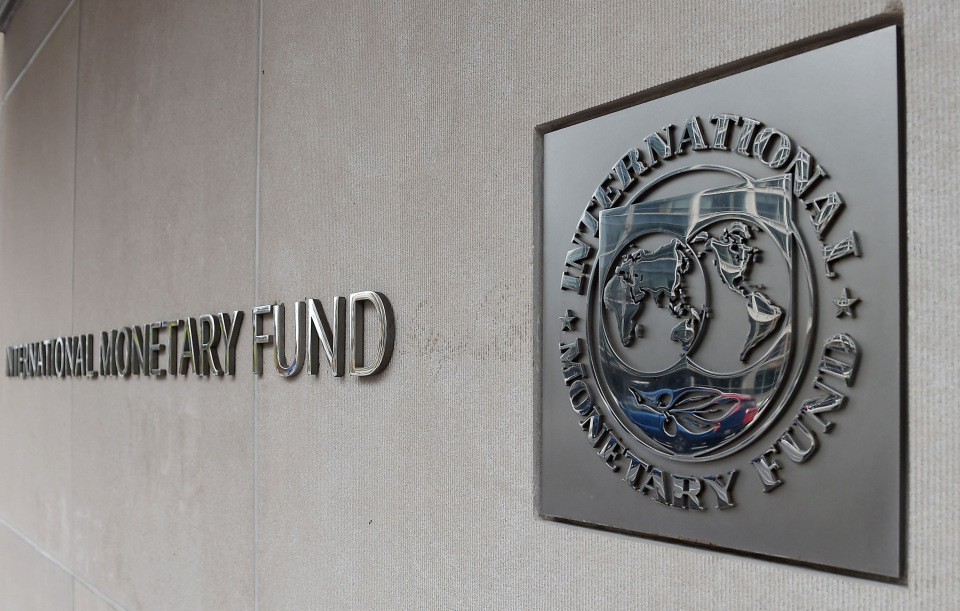IMF Funding African Governments
8 July 2022

Photo: Instagram
By Kinyua Mwangi
Download FREE DJ Mixes on Mdundo
The Covid-19 pandemic exposed a section of African countries to the harsh economic aftereffects. Thankfully, the International Monetary Fund (IMF) funding African governments' concept continues to play a crucial role in cushioning Africana economies.
Africa went through a difficult economic downturn in 2020 and the first half of 2021. Since then, it has started expanding again; nevertheless, the expansion in many countries is not sufficient to meet the requirements. Further, the anticipated growth rate for Africa was lower than the average for the whole world in both 2021 and 2022. Yet, the case should be different.
Kristalina Georgieva, the IMF Managing Director says this Bretton Woods institution’s focus is to continue supporting Africa, more so countries in the low-income bracket. It is imperative that Africa outperforms the rest of the world in order for its nations to be able to generate employment and improve their standard of living.
The IMF took an unprecedented action plan to support the African countries that are a part of the organization. Ideally, it is stepping up for, and with Africa through a framework providing loans at reduced rates. These loan facilities cushioned many economies from collapse pre and post-pandemic.
The IMF through counsel from the Prime Minister of Sweden, Magdalena Andersson re-designed African economies' access to finance from the institution. Andersson is IMF’s head of the International Monetary and Finance Committee (IMFC). As a direct consequence of this, the amount of money IMF lent out in 2021 was 13 times larger than the yearly average for the preceding decade.
In addition, IMF secured an allocation of special drawing rights (SDR). As a supplemental kind of foreign exchange reserve, special drawing rights (SDRs) are monitored and regulated by IMF. Instead of being a currency, SDRs are the IMF's standard denominator units of account. As a claim to IMF member country money, they can be exchanged for other currencies.
For instance, Ghana borrowed $250 million from banks at an interest rate of approximately 8.4 per cent in order to support budgetary needs like roads, railways, energy, and health care.
Africa has benefited from SDRs. Nonetheless, the continent has not received adequate assistance. It was estimated that in certain nations it amounted to as much as six per cent of their gross domestic product, which is not in the least bit insignificant. From March 2020 to March 2022, eligible sub-Saharan African countries got an allocation of $33 billion US dollars out of a total of $650 billion US dollars.
While these figures are not so appealing, the international lender is moving on to the next frontier of the IMF lending to African governments. It entails large-scale lending of SDRs—from nations that obtained them but don't need them as much, to countries that need them the most. The ripple effect of this is that more people in more countries will get the needed financial assistance.
Global leaders established a goal of reallocating $100 billion to vulnerable countries last year. And the On-lending of SDRs the IMF will use two strategies.
- Poverty Reduction and Growth Trust – IMF lending is based on the quality of a country's reform initiatives
- Resilience and Sustainability Trust (RST)
Moreover, IMF will offer longer-term maturities and longer-term grace periods for the first time in history. This is in a bid to help emerging markets and developing economies' structural transformation efforts.





Leave your comment